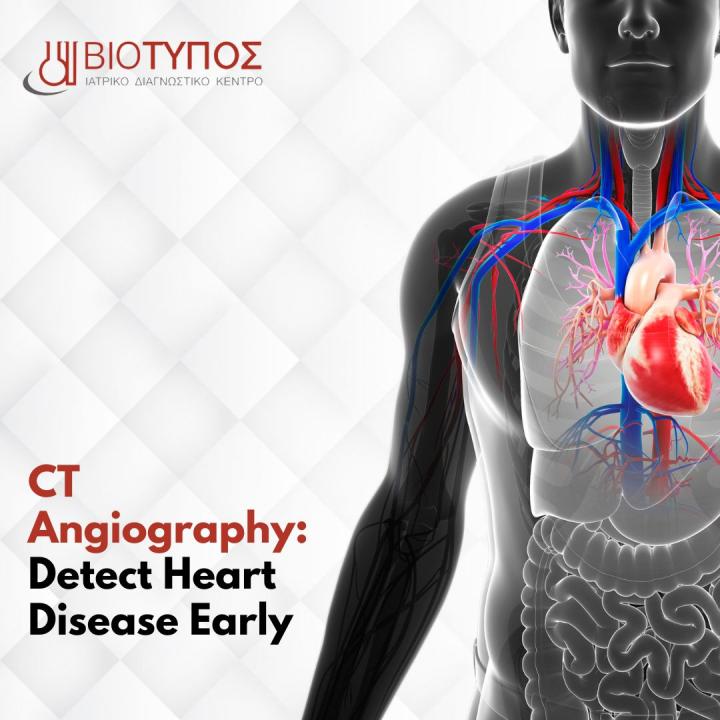
CT Angiography: Detect Heart Disease Early
What is CT Angiography?
CT angiography is a non-invasive imaging test that provides detailed pictures of your heart and the coronary arteries – the blood vessels that supply blood to your heart. Unlike traditional angiography, it doesn’t require any surgical procedures.
How Does it Work?
During a CT angiography, you lie on a table that slides into a large, donut-shaped scanner. A special dye is injected into your bloodstream to highlight your blood vessels. The scanner takes a series of X-ray images to create a 3D picture of your heart.
Why Would I Need a CT Angiography?
This test is often used to:
- Diagnose coronary artery disease (narrowing of the heart's arteries)
- Evaluate chest pain
- Assess the risk of heart attack
- Check the patency of bypass grafts
- Evaluate heart abnormalities
- CT angiography is especially helpful for people with symptoms of angina (chest pain) or those at high risk for heart disease due to factors like high blood pressure, high cholesterol, diabetes, or smoking.
What to Expect
The procedure is quick and painless. You’ll be asked to lie still during the scan, which usually takes a few minutes. After the test, you can typically resume your normal activities.
Benefits of CT Angiography
- Non-invasive: No surgical procedures involved.
- Fast and efficient: The exam takes only a few minutes.
- Accurate: Provides detailed images of the heart and coronary arteries.
- Low risk: Complications are rare.
Conclusion
CT angiography is a valuable tool for diagnosing and managing heart conditions. If you have concerns about your heart health, talk to your doctor about whether this test is right for you.
Schedule a CT Angiography or Ask for Treatment




